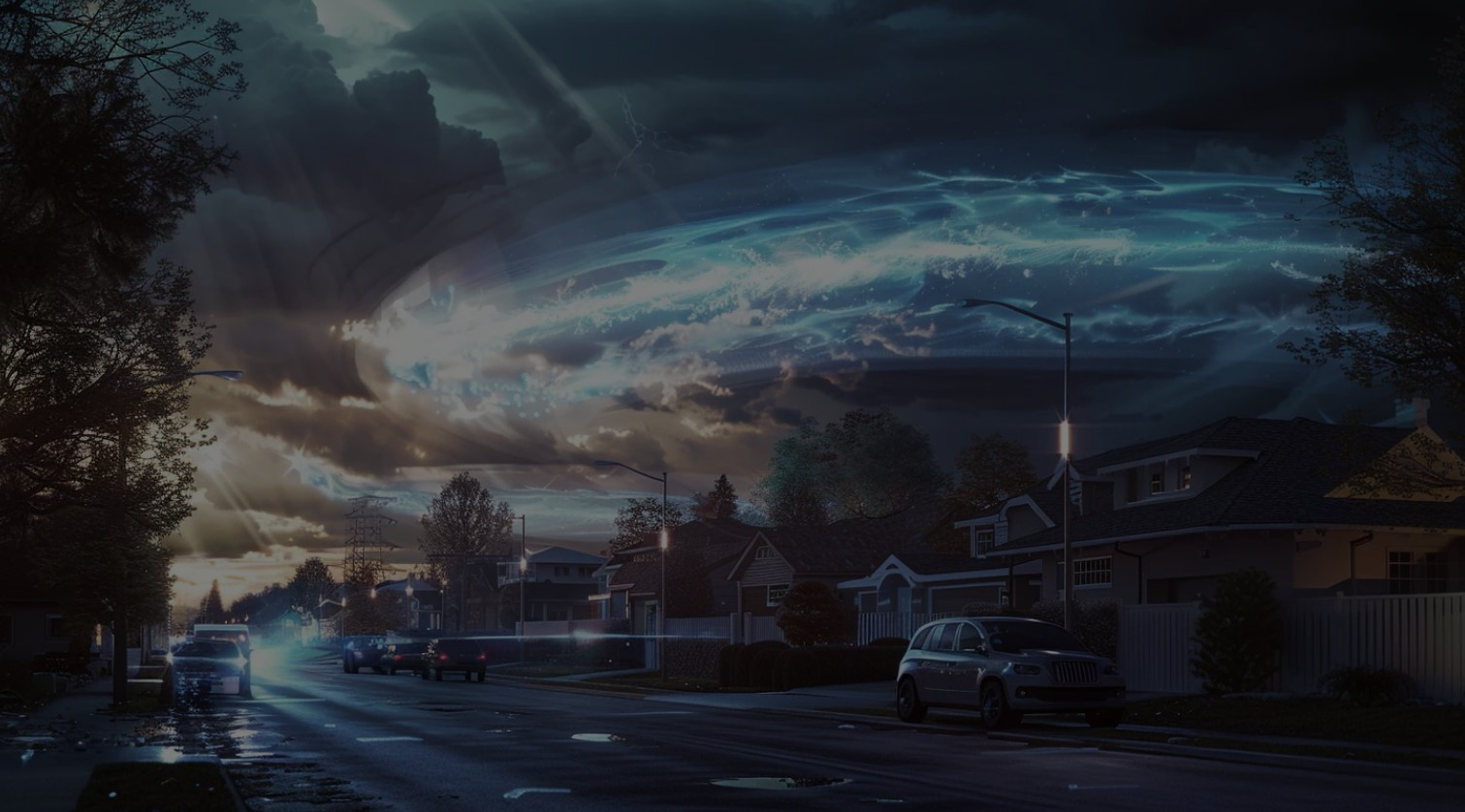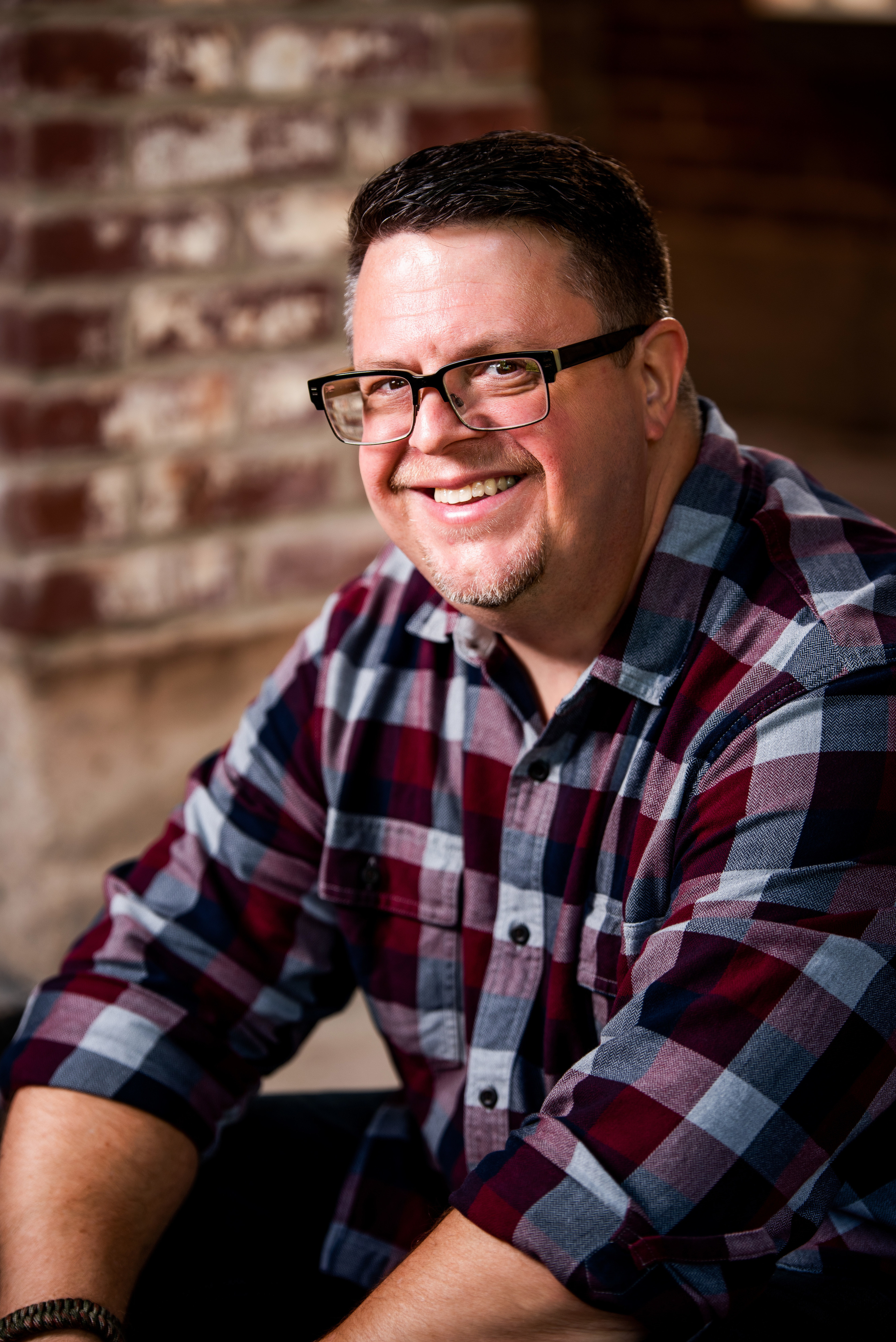There are very few things that genuinely keep me up at night when it comes to disaster preparedness. As a Certified Emergency Manager with over twenty years of experience in public health preparedness, I’ve seen my fair share of crises and have planned for even more. But there’s one threat that truly chills me to the core: the possibility of an electromagnetic pulse (EMP) attack from another nation.
Picture this: a world where electronics no longer work, utilities go down, emergency services are crippled, and everyday deliveries come to a screeching halt. It's a nightmare scenario, but one that’s entirely possible. If you’re unfamiliar with EMPs, you’re not alone. Congress has been aware of this risk for years, yet we haven’t seen much action to protect our aging electrical infrastructure. To be fair, it’s an enormous and complex challenge. But this is where experts like Dr. Arthur Bradley come in.
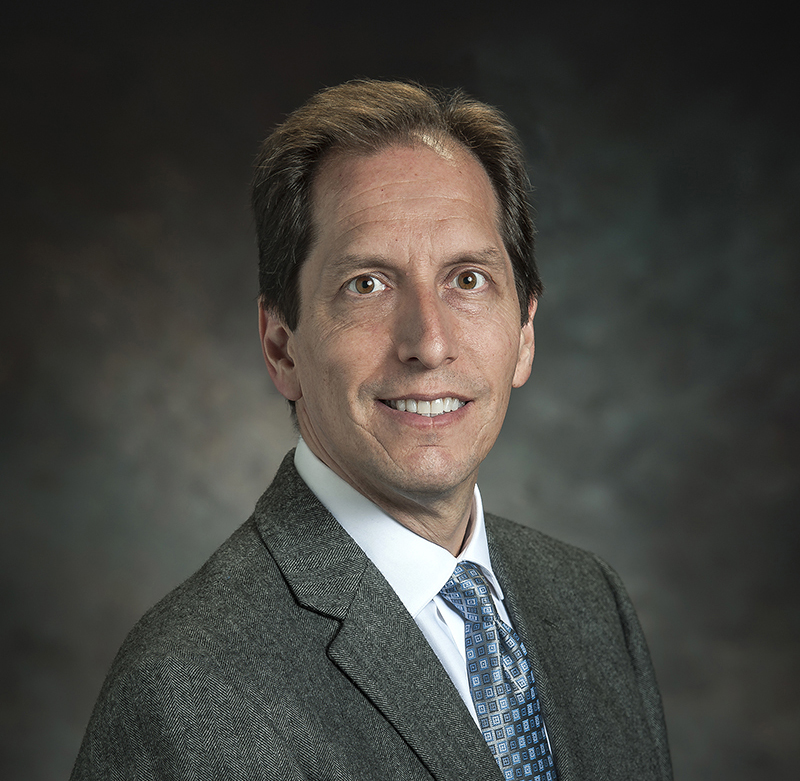
Dr. Bradley is widely regarded as one of the leading voices in EMP preparedness. As an author and researcher, he’s dedicated his life to educating the public about how to protect ourselves in the face of an EMP threat. His approach to preparedness is rooted in love and concern, not fear or paranoia—a philosophy that only strengthens his commitment to safeguarding Americans in this electronic age. I was fortunate enough to sit down with Dr. Bradley and hear his thoughts on the vulnerabilities of our electronic infrastructure and how we can best prepare ourselves for the possibility of an EMP attack. What I learned was both eye-opening and motivating.
DISASTER INITIATIVES: What is your overall view of disaster preparednessl in the 21st century?
ARTHUR BRADLEY: Disaster preparedness is approached differently at the governmental level compared to the individual or community level. In times of crisis, we need to come together because things can get really bad and we’ll rely on each other. Many people don’t even know their neighbors' names anymore. .
While there are plenty of resources to help during emergencies, what’s often missing is the sense of community—sharing the burden and supporting each other through tough times. Our society tends to lean more towards individualism rather than community, and you can see this difference reflected in how we view survival. Programs about disaster and survival, whether on Discovery, NBC, or elsewhere, often highlight self-reliance, but they don’t always focus on the importance of working together.
DISASTER INITIATIVES: Do you think there's a holistic approach for how those two can be combined in American society today?
ARTHUR BRADLEY: Yes, I do. I get asked that question a lot when I give talks. I often ask people what's the difference between survival and disaster preparedness. While it doesn't have to mean this, the term has come to be associated with the prepper movement, which is relatively new. And then there are the extreme "doomsday prepper" shows that highlight people living underground or in other fringe situations. What’s often overlooked is the more mundane side of preparedness—those who are simply interested in surviving difficult times without necessarily disconnecting from modern society.
When I give talks, I sometimes ask the audience to choose between three types of preparedness: a stockpiler, a MacGyver, or a hardcore wilderness survivalist. A stockpiler is someone who stores food, water, and supplies. A MacGyver is someone who can improvise and solve problems with limited resources, like the TV character from the 1980’s. And the wilderness survivalist is someone who can find food in a tree stump or survive in harsh conditions.
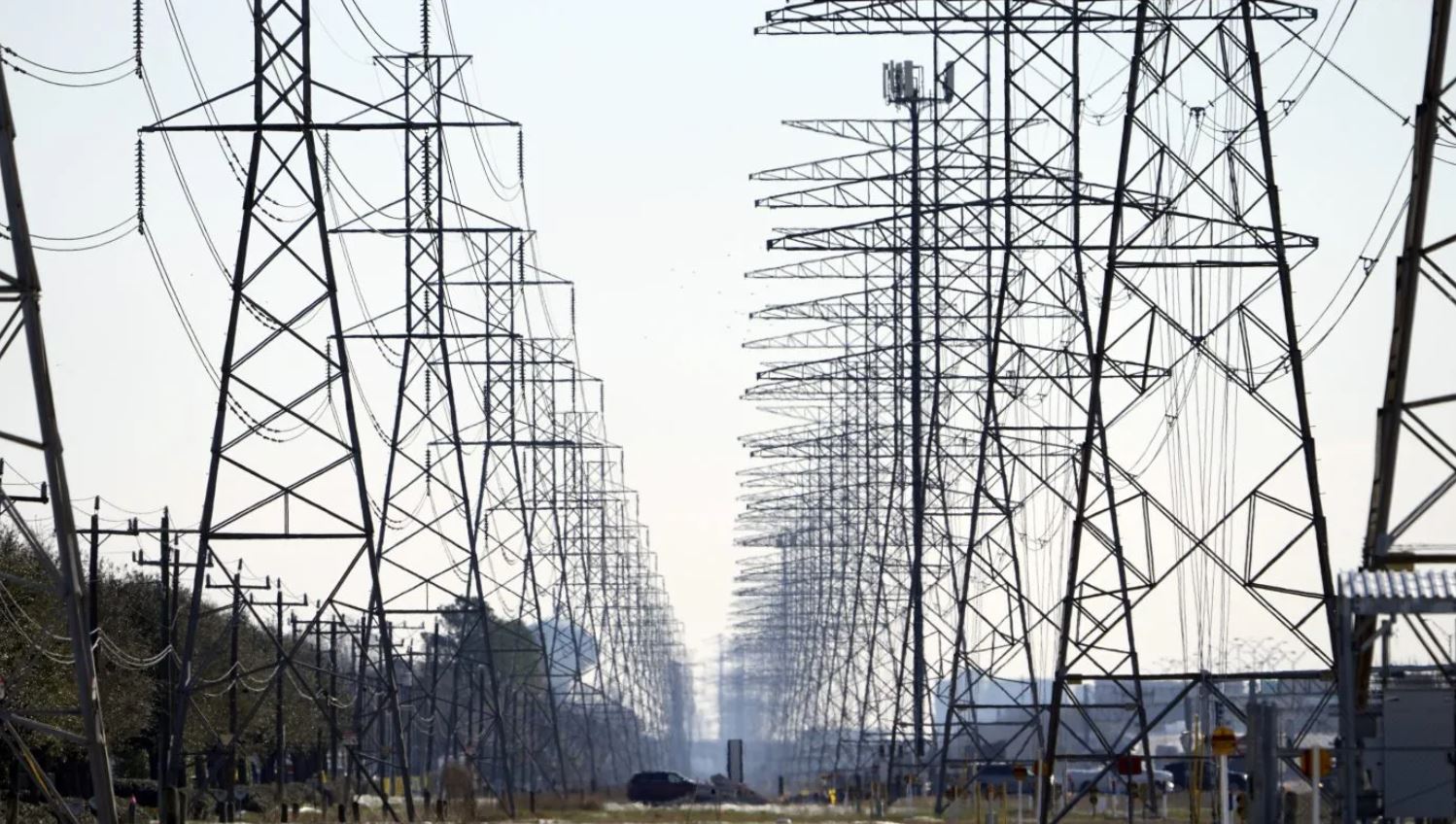
I ask the audience which of these they’d prefer to be and which they think is the best. You get different answers for different reasons. I then bring it all together and suggest we should strive to be a "stock-gavelist." This is a combination of the stockpiler, MacGyver, and survivalist—a well-rounded approach to preparedness.
Each of these has value. There are times when you absolutely need supplies—like water, which may not be available where you are. There are other times when you need to get creative and use clever solutions to solve a problem, like hanging sheets out the window to collect rainwater. And then there are moments when you're in a tough situation—like stuck in a blizzard on I-70—and you need to get resourceful, turning something like a coffee can and toilet paper into a space heater just to survive.
Ultimately, all of these skills are needed. The key is finding your own balance and being adaptable. That’s my approach.
DISASTER INITIATIVES: I think there’s an intimidation factor where people feel like they have to be a certain way. Do you think how someone prepares really depends on the individual?
ARTHUR BRADLEY: Yes, I absolutely do. It all comes down to putting together an effective disaster preparedness plan, which I think is a three-step process.
First, you need to figure out what you're worried about. For example, if you live on the East Coast like I do, hurricanes are a real concern because they've impacted my life in significant ways. But if you're in Denver, that might not be your worry. Some of these concerns we all share, like pandemics or an EMP attack, but others are more specific to your situation—like losing your job and not being able to provide for your family.
The second step is assessing the impact of these events. The impact might be that you can't get to the grocery store for a few days, or it could be something more serious, like looting in the streets. You need to understand what the consequences might be.
Finally, take a logical approach to reduce those impacts. What can you do to mitigate the risks? That could include things like storing enough food for a month, having a water supply or a way to purify it, or learning skills specific to your needs. Everyone's concerns and needs will be different, but by approaching it in a logical way, you can create an effective plan. This will help you figure out what you need to store, what skills to learn, and how to improve your chances of handling the events you're concerned about.
“People often struggle with two things during a disaster: thinking clearly about what to do and taking action. Both can be life or death.”
DISASTER INITIATIVES: In your books, you mention several skills that we should try to learn. Do you think there's a particular skill set that families or individuals should focus on to help them survive? If you had to choose one core skill, is there one that stands out to you?
ARTHUR BRADLEY: It usually surprises people when I get asked this question, but my personal opinion is that first aid is the most important skill to learn. The times in my life when I’ve felt the greatest threat were often due to physical injuries or medical issues. Being able to think clearly and respond correctly in those critical moments—sometimes just within a few seconds—can make all the difference between life and death.
That's why first aid is the skill I always think of first, based on my own experiences. Knowing how to administer CPR, perform the Heimlich maneuver, prevent infection, treat shock, and handle other basic medical emergencies is crucial. Everyone should learn how to do these things effectively.
That said, there are other skills that can be just as important. For example, I became really interested in water extraction. If you don’t have access to water, how do you get it? While writing one of my books, I explored different methods of water extraction, such as gathering rainwater, building solar stills, and using transpiration bags. I tried them all out to see what worked.
Water is often underestimated in terms of how critical it is. If your water supply is cut off, you can quickly find yourself in a serious situation. I’ve experienced this firsthand after a hurricane hit my area. The water supply was cut off, and people were scrambling to gather water from a nearby creek. It quickly became clear how crucial water is, and how little time you have without it.
So, while everyone’s situation and priorities are different, I believe first aid and water extraction are two of the most important skills to learn.
DISASTER INITIATIVES: What role do you think disaster psychology plays for individuals and communities, both during and after a disaster?
ARTHUR BRADLEY: That's a tough question for me. People often struggle with two things during a disaster: thinking clearly about what to do and taking action. Both can be life or death. If you make the wrong decision and do something dangerous, you could get hurt or killed. Or if you don't act at all—like sitting on a roof during a flood, thinking someone will come to rescue you, you may die from exposure because you didn't take action—that can be just as deadly.
Your mindset is crucial for survival. In my experience, the people I respect most in terms of survival are those who refuse to give up, no matter how bad things get. Even if they’re facing certain death, they keep fighting until the very end.
DISASTER INITIATIVES: I once heard that a fear pandemic can sometimes be worse than the disaster itself. Do you think fear plays a significant role, not just on an individual level, but also in policy decisions at the governmental level?
ARTHUR BRADLEY: Absolutely. Look at the 2014 Ebola outbreak in West Africa., The threat was almost nonexistent in this country. There were only a few cases where people brought the virus here, and while there were some incidents, it never truly spread. But you remember how much it gripped the nation—people were stockpiling masks and Tyvek suits as though the pandemic was about to spread across the country within hours. Fear definitely overtook logic.
I’m not saying people shouldn’t have been prepared or that they shouldn’t have been paying attention, because I was watching it closely myself. But we let our rational thoughts give way to the fear of what might happen, that’s a good example of how fear can take over. It happens often during disasters, especially when there isn’t enough information. When there are gaps in the information, we tend to fill them in with worst-case scenarios.
We start imagining the worst—thinking the government isn’t telling us everything, or hearing rumors that we take as fact—and end up painting a much worse picture than the reality. It’s a natural survival instinct: when you don’t have all the facts, you worry, because you're trying to stay alive.
The best way to counter that fear, in my opinion, is to be as prepared as possible and focus on getting as many facts as you can. Try to distinguish what’s true from the chaos and the rumors. Before you decide the situation is as bad as it seems, take a step back and focus on the actual facts. That’s my take on it.
DISASTER INITIATIVES: How does situational awareness play a role today, especially with the rise in school shootings? What can individuals and communities do to be more aware of their surroundings on a daily basis?
ARTHUR BRADLEY: I’ve been preaching situational awareness for at least 30 years, starting from my time in the army. Back then, there was a strong emphasis on always being aware of your surroundings. As an infantryman, we’d often hear a sergeant shout, "Dealer!" and the entire group would immediately respond with "Stay alive." The idea was to always be ready for anything. I’ve passed this on to my kids, too. When we’re in a parking lot, for example, I’ll randomly say “Stay alert!” instead of "watch out for cars." They all respond with “Stay alive” and check their surroundings. It’s a simple reminder that staying aware can literally mean the difference between life and death.
I can’t count how many times paying attention kept me out of dangerous situations—whether it was noticing shady characters on a dark street or realizing something was off in my environment. When I give talks on preparedness, I always stress the cardinal rule of survival: whenever possible, get out of the way. If there’s a tornado, hurricane, or any kind of threat, and you can move out of its path, do it. People often forget that rule. Of course, it’s not always possible—some disasters are too large or unavoidable. But it's something we should always keep in mind. I always remind people how important it is to stay alert and stay out of harm’s way if you can.
“The electrical grid is the backbone of modern life, and the loss of it for an extended period would have widespread, catastrophic effects. Without electricity, society would struggle to function.”
DISASTER INITIATIVES: With increasing population and dependence on technology, a grid-down scenario is a real concern. Is there any particular disaster you think we should be more focused on preparing for in the 21st century, or one that worries you more than others?
ARTHUR BRADLEY: Before preparing for less likely events like EMP attacks or asteroid impacts, it's important to first focus on basic preparations that address more likely threats. Once that's covered, you can consider high-impact, low-frequency events like cyberattacks, pandemics, and EMP threats.
A large-scale cyberattack on infrastructure worries me the most. Many foreign nations have the ability to disrupt our electric grid, which would have devastating effects on everything tied to it. The EMP threat, which involves a nuclear warhead detonating in the atmosphere, is also a grave concern. It could severely damage electronics and take down the power grid.
As for EMP preparedness, it involves making sure you can adapt to a situation with no infrastructure, electricity, or medical services. One key area is power generation—solar systems, battery banks, and wind power can help. However, EMPs send a powerful pulse through the grid that can damage electronics. I've been working on an EMP surge protector to help mitigate the threat, particularly the E2 and E3 pulses, which could damage everything from home appliances to critical electronics.
While there's no one-size-fits-all solution, it's about preparing for various scenarios by understanding what could happen and taking steps to reduce the risks.
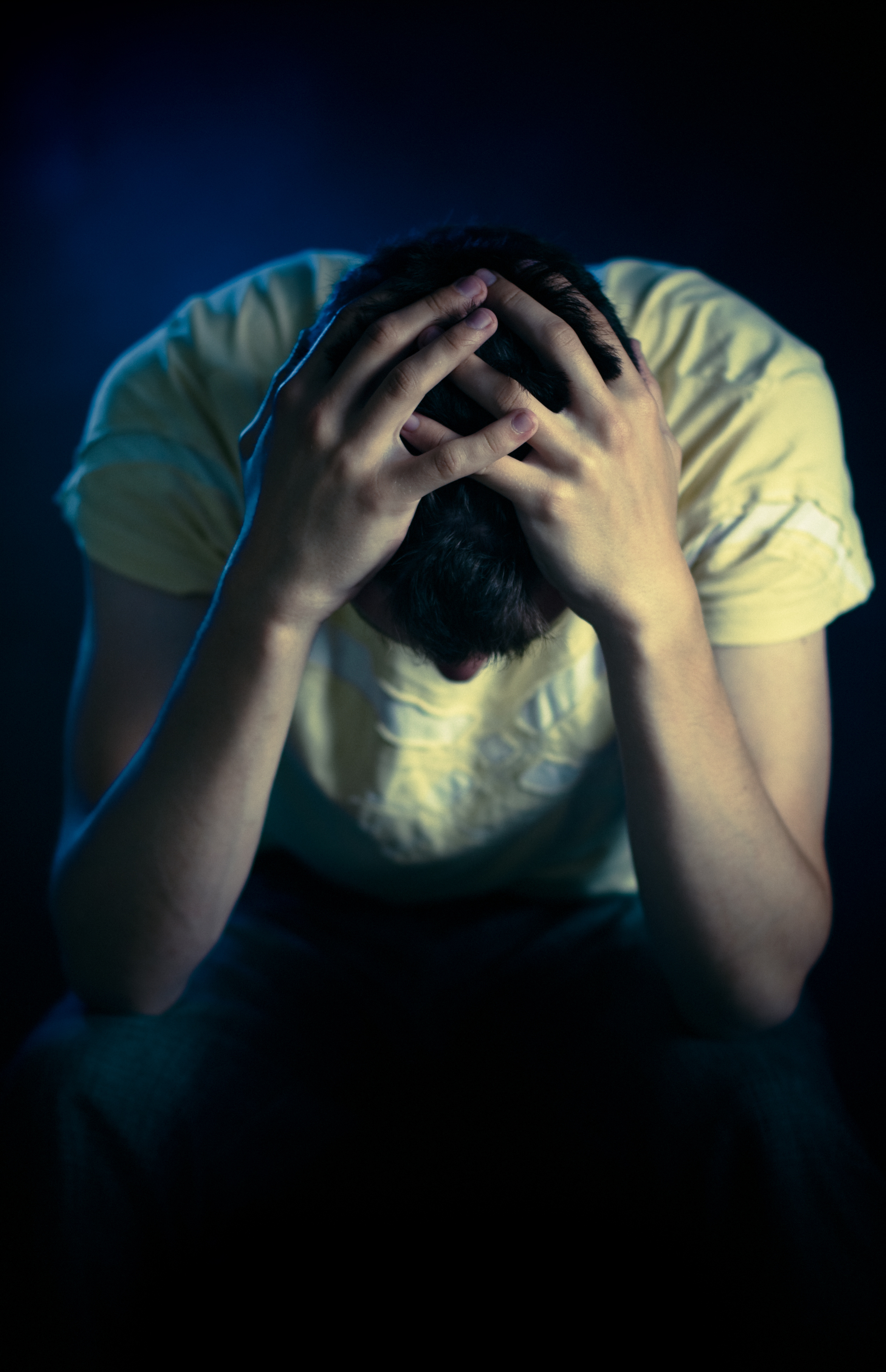
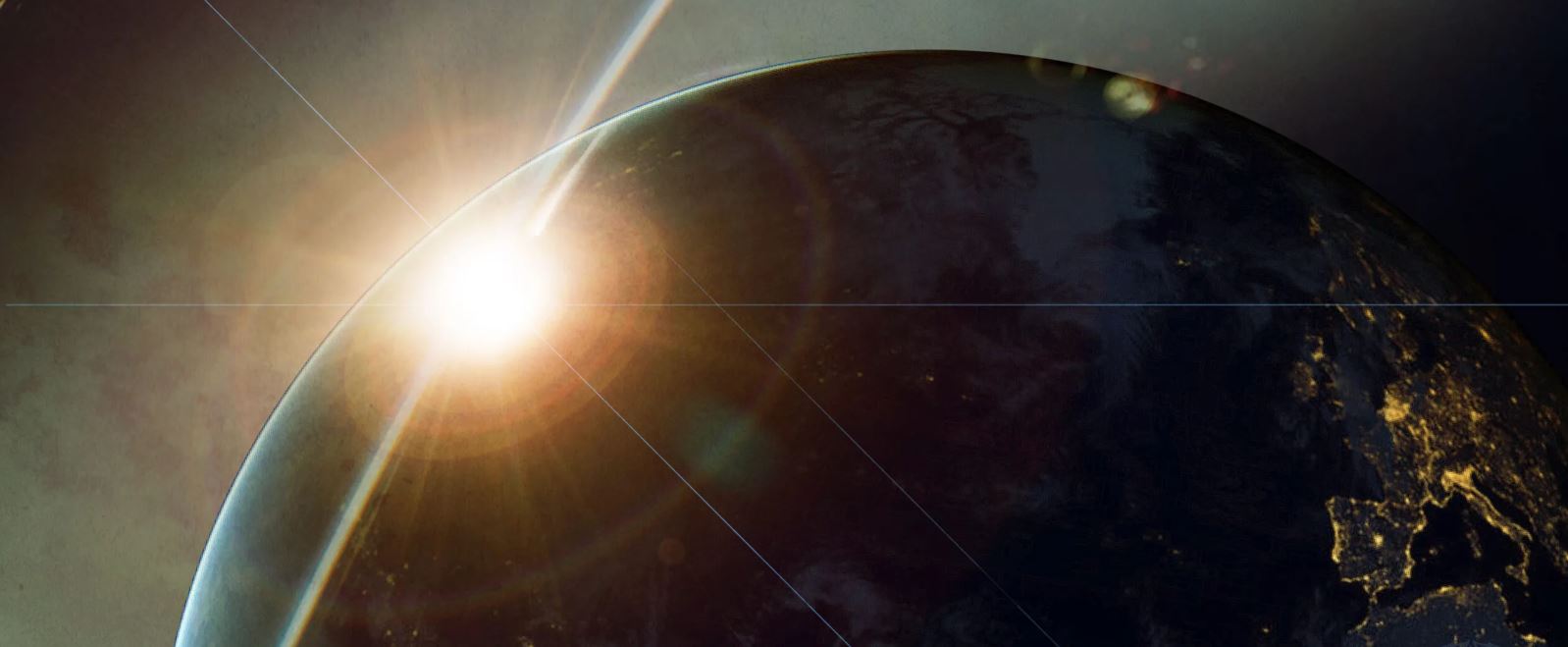
DISASTER INITIATIVES: How do you think a grid-down scenario would impact everyday life, especially with our reliance on technology, and how should we prepare for potential threats from nation-states or terrorist groups with access to nuclear weapons?
ARTHUR BRADLEY: The concept of an Electromagnetic Pulse (EMP) attack involves detonating a nuclear device high in the Earth's atmosphere, far above the ground—typically at altitudes of 30 to 400 kilometers (about 18 to 250 miles). At that height, the nuclear explosion would not cause the physical destruction of buildings or people on the ground. Instead, it generates a powerful burst of electromagnetic radiation which can disrupt or destroy electronic equipment and power systems across a vast area.
In the case of an EMP attack over the United States, the impact would be staggering. A single high-altitude detonation could affect the entire continental U.S. and potentially parts of Canada and Mexico, depending on the strength and altitude of the blast. The EMP pulse would travel through the atmosphere and induce a surge of electric current in power lines and circuits, damaging or destroying electronic systems—particularly those without proper protection.
The electrical grid is the backbone of modern life, and the loss of it for an extended period would have widespread, catastrophic effects. Consider how much of our daily lives rely on electricity: from food and water distribution, to communication systems, medical care, transportation, and banking. Without electricity, society would struggle to function. Water supply systems would fail, hospitals would lose power, and fuel would no longer be delivered. Most importantly, many of the critical systems that keep cities and communities running would be rendered inoperable.
While it's difficult to estimate exactly how long it would take for the grid to recover, some estimates suggest it could take anywhere from several months to a year or more. The long recovery time would be due to the complexity of repairing or replacing key components of the power grid and other infrastructure, much of which is vulnerable to EMP effects. Also, there is the challenge of limited replacement parts and the lack of technical resources to restore these systems in a timely manner.
The loss of life could be devastating as well. With no access to food, water, or medical services, vulnerable populations, such as the elderly, children, and those with chronic health conditions, would suffer greatly. The sheer scale of the crisis could lead to civil unrest, widespread panic, and societal breakdown.
This is why legislation aimed at examining the threats posed by EMP attacks and improving grid resilience is so important. While the likelihood of such an attack may be low, the potential consequences make it a critical issue to address. Increased preparedness and better protection for critical infrastructure can help mitigate the damage of such a devastating event and ultimately save lives.
So, while we hope it never happens, the reality is that the threat of an EMP attack is real, and it's something that we, as a society, need to take seriously—by improving our infrastructure, increasing public awareness, and taking necessary measures to protect against such a high-impact, low-probability event.
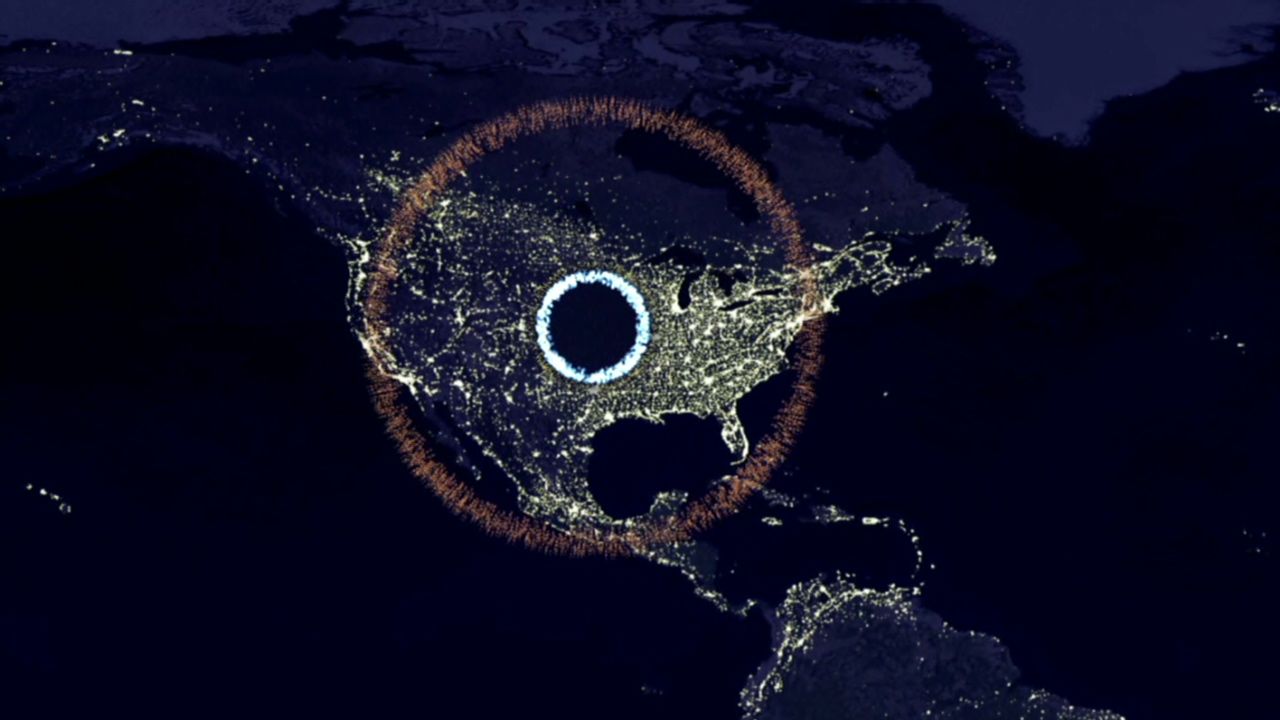
DISASTER INITIATIVES: This is one of the scenarios that keeps me up at night; it's truly frightening. That was my final question—do you have any closing thoughts?
ARTHUR BRADLEY: I always like to leave people with my final thought on preparedness: it should be motivated by love, not fear. I know it sounds a bit corny, and I often get eye rolls when I say it, but the truth is, we all cherish our families and friends and we want to keep them healthy and safe. If we remember that when preparing, it helps us stay grounded. We're doing it for the people we love—whether it's for our children, spouse, or grandparents—and that can guide us on the right path without falling into hysteria.
People often ask me what to say to neighbors who think they're crazy for prepping. I always say, just tell them anything can happen. The neighbor who might think you're overboard today could be knocking on your door tomorrow asking for help when the water supply runs out. So, stay motivated by the right reasons.
The 4-11
The idea of an electromagnetic pulse (EMP) detonated over American soil is undeniably a scary thought. But does that mean we should live in constant fear? According to Dr. Arthur Bradley, the answer is a firm "no." Instead, he believes we should stay aware and vigilant, taking the necessary steps to protect ourselves and our loved ones. We don’t need to live in fear or bury our heads in the sand, pretending there’s no risk. The reality is, as individuals, there’s not much we can do to shield ourselves from the full devastation of an EMP attack. But what we can do is take responsibility now—by preparing for an EMP, or any other disaster that could put us and our families in harm’s way. This doesn’t mean we should panic, form secret militias, or build fortified bunkers. It’s about staying aware, preparing in thoughtful and practical ways, and supporting each other through it all. That’s how we show true patriotism. At the end of the day, a little bit of patriotism goes a long way in strengthening our sense of community and humanity—and that’s never a bad thing.
About Arthur Bradly
Dr. Arthur Bradley is an Army veteran, father of four, and dedicated homeschooler. He holds a doctorate in engineering from Auburn University and currently works as a senior electrical engineer for NASA. Having lived all across the United States, Dr. Bradley writes from personal experience about preparing for a wide variety of disasters, including earthquakes, tornados, hurricanes, floods, house fires, and massive snowstorms. He is widely viewed as one of the nation’s foremost experts in preparing for electromagnetic pulse attacks and has made it his mission to disseminate useful EMP preparedness information. Dr. Bradley prescribes to the philosophy that preparedness should always be motivated by love and concern, never by fear and paranoia. His practical approach to family preparedness has received widespread praise from individuals, emergency preparedness experts, and religious organizations.
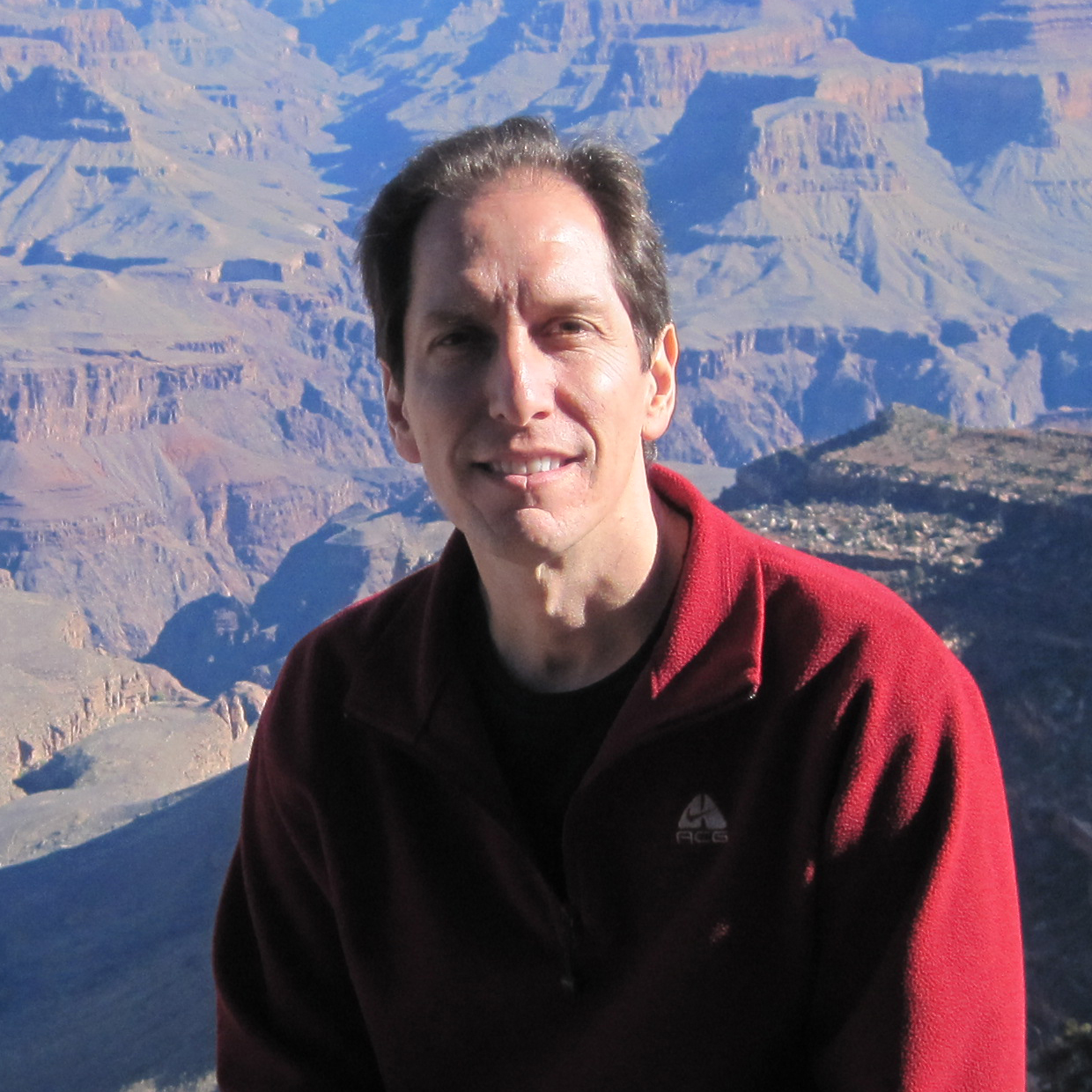
About the Author
Mark Linderman is the owner of Disaster Initiatives, an online company that provides communication leaders with the tools needed to address their communities and the media throughout a crisis, and teaches the communicator to approach crisis communication from the listener’s perspective. He is a Certified Emergency Manager (CEM) and nineteen-year veteran of Public Health. He instructs Crisis & Risk Communication within the field of disaster preparedness for seven universities, including Indiana University’s Fairbanks School of Public Health. Mark is considered a Subject Matter Expert in the field of disaster-based communication and is a widely received public speaker and advocate for disaster preparedness.
Mark Linderman,
MSM, CEM, CCPH, CSSSS
Visit DISASTER INITIATIVES for more information.
